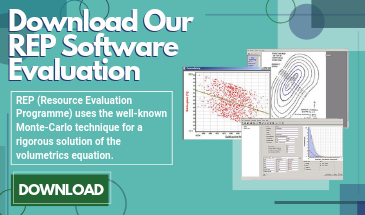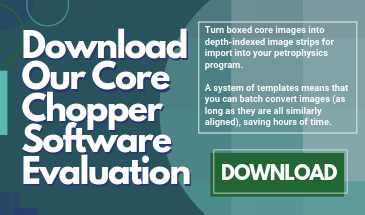Blog
Where on Earth am I? Why Latitude/Longitude are not enough on their own

In a previous life, I had a heated argument with an Australian Naval Surveyor. He insisted that, given a latitude and longitude to sufficient precision, that gave your exact position on the Earth’s surface. I argued that, without knowing the reference spheroid that was being used, you couldn’t say, for certain, what your actual location was…
The argument came about because we, on our little survey boat, were using WGS84 (with a brand spanking new GPS unit) for the coordinates of the radio positioning system and they, on their big warship, were using the local one (possibly the Australian National Spheroid – but it was quite a long time ago so I can’t be 100% certain). We were both using the same projection (UTM) to obtain X/Y coordinates so, as far as they were concerned, our conversion between the lat/long and X/Y coordinates should have agreed with theirs, but they didn’t!
After spending a long time checking the code in our software (when you disagree with a Naval officer, you tend to believe that you’re in the wrong!) we spotted the issue of the different spheroids in use:
ANS has the following parameters: semi major axis=6378160, 1/flattening=298.25 WGS84 has:semi major axis=6378137, 1/flattening=298.257223563 ED50 (a commonly used spheroid in Europe, pre-GPS) has:semi major axis= 6378388, 1/flattening= 297.000
The upshot of which is that given a physical ‘cartesian’ location (X,Y,Z) on (or near, if you take height into account) the Earth’s surface, the conversion to lat/longs differs between different spheroids. The differences can be in the order of 10’s of metres, depending on the two spheroids being compared.
For example, converting Big Ben’s lat/long location:
(51° 30′ 37.2852” N, 0° 7′ 0.3828”W, alt=0m) using WGS84:
gives a “physical” set of XYZ of (3977738.29, -8106.93, 4969079.79).
Converting those values back using ED50 gives a different lat/long:
(51° 30′ 40.17” N, 0° 7′ 0.3828”W, alt=-195m)
The major difference (just under 3”[seconds, not inches!]) is in the latitude, which corresponds to a difference “on the ground” of about 30m (and now it’s apparently under 200m of water as well!).
Of course, “everyone” is using GPS these days so what does it matter? Well, with the current emphasis on resources, old fields and wells are being re-interpreted and anyone looking at the data from “the last century” (do you feel old yet!) might struggle to come up with the same wellhead location as given in the original report. Rather than scratch your head and waste time trying to match the given UTMs or Lat/Longs (or even worse, Township/Range/Section), just look for the stated spheroid and, if it isn’t stated explicitly or it’s not easily discernable from the country, just add a note to your report saying “only approximate location because the original contractor was too lazy to note the spheroid”!
Our LogIC and REP applications have an extensive range of spheroids and projections built in and we can easily add new ones. Go to our website www.logicomep.com and get a free one month trial.
Online Resources
If you want to convert Lat/Longs to/from UTMs or XYZ, there are various tools on the web, including but not limited to:
Township/Range/Section: https://handbook.arctosdb.org/how_to/Convert_TRS_to_Lat-Long_Using_GeoLocate.html
Online XYZ<>Lat/Long (using US common spheroids): https://geodesy.noaa.gov/NCAT/
Python code for any spheroid https://gist.github.com/govert/1b373696c9a27ff4c72a
For the more mathematically inclined: https://mathworld.wolfram.com/Spheroid.html
Image source: Pixabay





